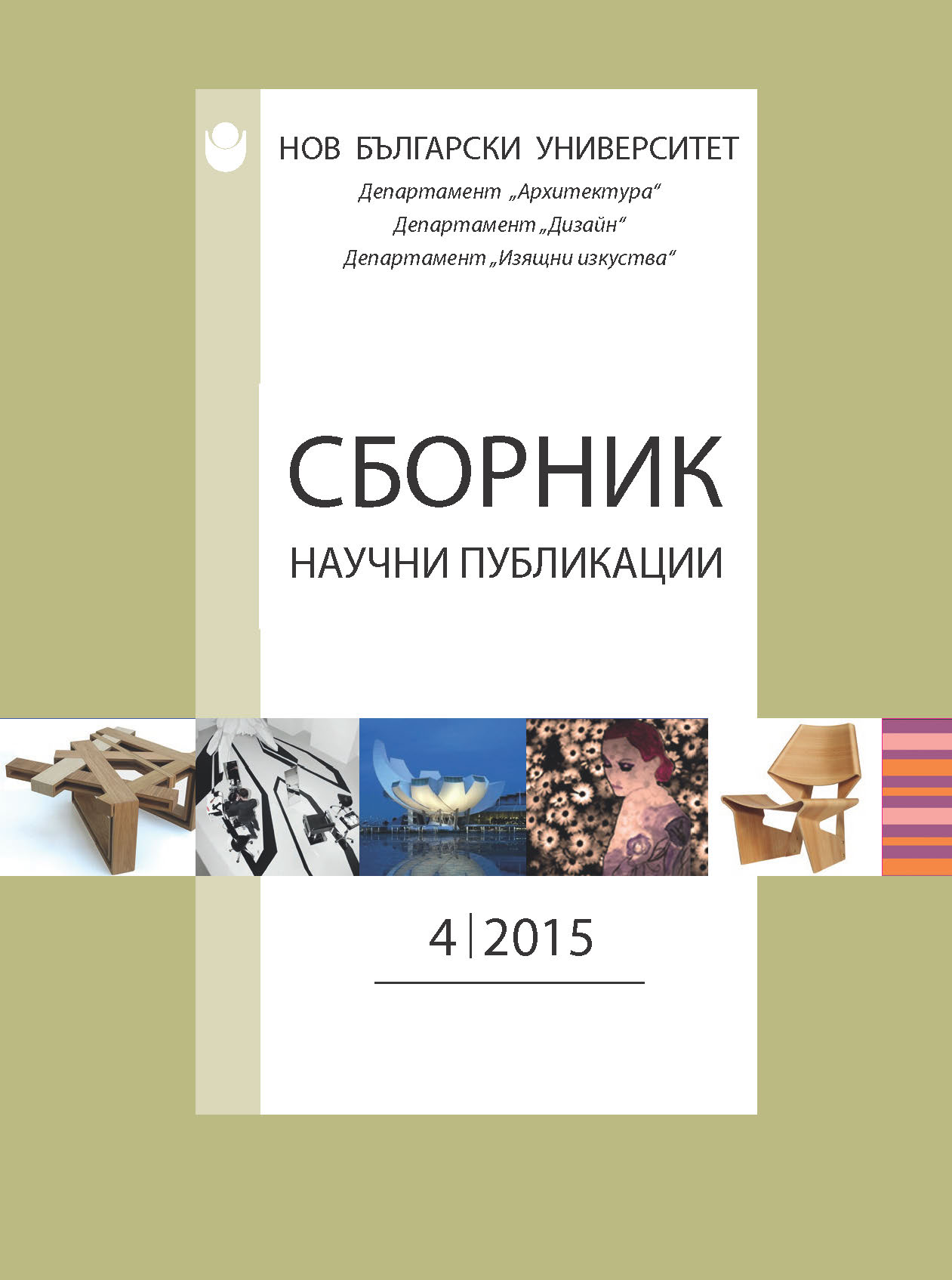„Модерна архитектура“ кратко представяне на елементи от архитектурната теория на XX в. на примера на творчеството на Отто Вагнер
“Мodern Architecture” Short Presentation of Elements of the Architectural Theory of the 20th Century Examples of the Work of Otto Wagner
Short Presentation of Elements of the Architectural Theory of the 20th Century Examples of the Work of Otto Wagner
Author(s): Vessela PopovaSubject(s): Education, Photography, Architecture, Visual Arts, Sociology of Art
Published by: Нов български университет
Keywords: Otto Wagner; modern architecture; architect; style; composition; design; artistic practices;
Summary/Abstract: The Viennese Secession has its specific place in the development of the modern architecture. The architect Otto Wagner is defined as the figure that ruled the Vienna architectural scene on the brink of the new century. Having received his education under the influence of Schinkel, Hausen and Zemper and their classic neo-renaissance works, he started creating in the course of historical styles. The changes in the society that followed the industrial revolution – cities, growing influence of technology, etc., changed his views on architecture and thus, he became a charismatic figure of the Vienna Secession movement. Teaching played a great role in the life of Wagner. For his students he wrote and published the book „Modern architecture”, where he expressed his understandings on key architectural issues – architect, style, composition, design, and artistic practice. Ding so, he contributed to the theory of the modern architecture. In his works Wagner examines the relations between construction and art form; or between realism and idealism; displays the relations between taste, fashion and style; justifies the failure of the eclectic architecture in modern times. Despite of the importance which he puts on the colossal technical and scientific developments and on the practical approach, he also pays attention to the perception and the coverage of the cultural situation of modernity. Later many other architects will develop modern architectural forms and aesthetics and will look for a correlation with the world of technology, but through his projects and buildings, his urbanistic and theoretical work and teaching, Wagner has gone a remarkable way and provoked a response in the architectural world long after his time.
Journal: Сборник научни публикации
- Issue Year: 2015
- Issue No: 4
- Page Range: 41-50
- Page Count: 9
- Language: Bulgarian
- Content File-PDF

